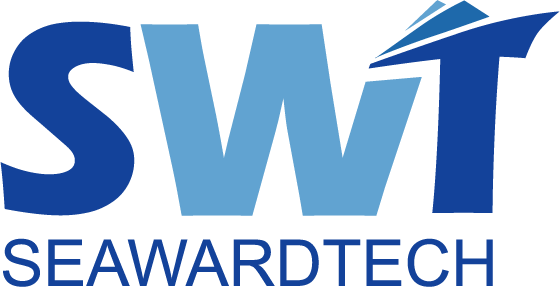I detta fall, där man använder en ROV (remotely operated vehicle), är det av stor vikt att välja en lämplig vridmomentnyckel för användning under vatten för att främja eller upprätthålla framgångsrik operation och säkerhet. Följande är några huvudpunkter som du bör tänka på.
Bestäm vridmomentkraven
Det första och viktigaste är att exakt bestämma det vridmomentområde du behöver för den specifika ROV-operationen. Olika undervattensapplikationer kräver olika nivåer av vridmoment; till exempel, att montera och demontera undervattensstrukturer eller att manövrera ventiler i ett undervattensproduktionssystem etc. När du arbetar med komponenter, hänvisa till de specifikationer som du kommer att arbeta med. Ett exempel är ledningsystem under havet där flänsens anslutnings- och kopplingsvärden för vridmoment kan variera beroende på rörens storlek och tryckklass. Se till att den vridmomentnyckel du väljer lätt kan klara de minimala och maximala vridmomentkraven för dina operationer.
Beakta precision och noggrannhet
När känslig undervattensutrustning används, spelar precision en avgörande roll för driften av ROV:er. En X-precisionsskycknyckel säkerställer noggrannhet för att applicera en exakt mängd vridmoment för att undvika att en komponent åtdras för hårt, vilket kan leda till komponentbrott, och även för svag åtdragning som kan orsaka läckage och svag struktur. Hitta skycknycklar med så hög noggrannhet som möjligt (vanligtvis angivet som en procentandel av fullskaleavläsningen). De mer avancerade modellerna kan uppnå en noggrannhet inom ±1 procent eller ännu lägre, vilket är lämpligt för kritiska undervattensoperationer.
Utvärdera hållbarhet och tillförlitlighet
Miljön under vatten är fientlig och har ett mycket högt tryck, korrosivt saltvatten och mekanisk påfrestning också. Dessa förhållanden måste momentnyckeln tåla, och den måste därför konstrueras på ett lämpligt sätt. Välj modeller som är tillverkade av rostfritt stål eller speciallegeringar av hög kvalitet. Också, betrakta nyckelns design. Den måste ha en hållbar konstruktion för att tåla ROV-baserade driftsförhållanden, t.ex. att den tappas eller kolliderar under användning. Lägg märke till aspekter såsom täta hus, för att säkerställa att inga inre delar utsätts för vatten vilket kan få en betydande påverkan på verktygets livslängd.
Kompatibilitet med ROV-system
Momentnyckeln måste också vara helt kompatibel med din ROV. Detta gäller i form av fysisk kompatibilitet vad gäller dess storlek, vikt och fästningsmetod med manipulatorn eller verktygshållaren på ROV:en. Den måste också vara kompatibel när det gäller styrsystem. Se till att nyckeln enkelt kan integreras i ROV:ens styrsystem, så att operatörerna kan exakt styra hur momentet appliceras på ytan. Andra momentnycklar har trådlös eller kabelstyrd kontroll som lätt kan integreras i ROV:ens kommunikations- och styrsystem.
Ytterligare funktioner
De sofistikerade momentnycklarna kan till och med ha ytterligare funktioner som kan öka ROV:s operationer. Till exempel, tack vare dataloggerfunktioner, kan de leverera momentvärden, antal varv och driftstid. Denna information kan visa sig vara ovärderlig för efteroperationer, kvalitetskontroll och underhållsplanering. Andra kan vara utrustade med justerbar hastighet, och detta skulle vara mer exakt under processen att applicera moment på fästelementen, särskilt när man använder fästelement av olika typer eller i miljöer som är mycket känsliga.

